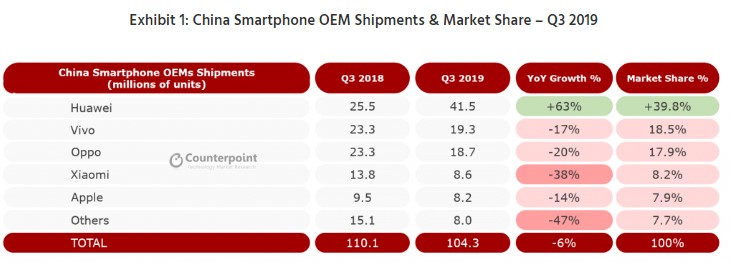Apple (AAPL) shares may be making new highs, but the heart of its business is under concerted attack.
A Porsche executive told an audience at the Automobility conference in Los Angles last week that 40% of its Chinese customers were considering Android handsets as their next mobile device.
That’s a big deal, as China is an important market.
In response, Apple is in the process of a monumental business transition. Executives tell us that hardware is less important. The future of the business is rooted in the larger ecosystem. The idea is better accessories and services will trap users in an endless parade of new iPhones, iPads and Macs.
The strategy is working … sort of.
The stock has been marching to one new high after another since September. Analysts are starting to buy into the idea that the Cupertino, Calif.-based company is becoming a consumer staples business in the vein of Procter & Gamble (PG) and Coca-Cola (KO).
Gene Munster, a long-time analyst and now a managing director at Loup Ventures, told Business Insider last December that Apple has become a powerful brand with durable, repeating revenues and that the financial characteristics of that business look more like detergent and soda than computers.
He has a point. As iPhone sales peaked in 2015, managers replenished the ecosystem with new high-margin products like the Apple Watch and AirPods.
This so-called “wearables” segment grew into a $24.4 billion business in fiscal 2019. For comparison, that’s about the same size as the Mac computer business … but it’s growing at a 40% clip year-over-year.
Swap out weaker sales of Minute Maid orange juice for a big Coke Zero product launch and you can see why some analysts are talking about a dramatic revaluation of Apple as a consumer staples business.
Still, the iconic iPhone remains the biggest part of Apple. And by all accounts, that business in China, the biggest smartphone market in the world, is struggling.
Klaus Zellmer should know. As the president of Porsche North America, he has his finger on the pulse of major mobility trends. At Automobility he justified the carmaker’s investment in Apple CarPlay, Cupertino’s mobility platform, by noting that iPhone users comprised a staggering 91% of Porsche buyers in North America.
The figure is 80% in China. And unfortunately, that trend gets more worrisome. Zellmer’s research shows that 40% of Chinese Porsche buyers plan to purchase Android phones in the future.
This jibes with an October report from Canalys, a market research firm.
While the overall Chinese smartphone market shrank 3% from a year ago, iPhones sales plummeted 28%. Worse, Apple is losing the market to Huawei, the world’s largest maker of telecommunications equipment.
Huawei saw shipments grow 66% year-over-year, to 41.5 million devices. The third quarter of 2019 was the sixth consecutive quarter of double-digit increases. The firm now commands 42.4% of the Chinese smartphone market.
So far, Apple managers have responded with opacity. The company stopped reporting iPhone sales in January. And although the latest iPhones are a quantum leap in terms of camera and battery performance, they still lack the 5G radios needed to really compete in China.
The Wall Street Journal reported that the three largest Chinese wireless carriers flipped the switch for 5G in 50 of the largest Chinese cities at the end of October.
It’s premature to argue Apple’s glory days in China are over, but it’s difficult to imagine how Cupertino will take market share from Huawei. The Chinese company simply makes better devices for that market. Its products are more innovative, with folding displays, 5G radios, amazing cameras and best-in-class battery performance.
Apple shareholders need to understand the business they now own is not being driven by surging iPhone sales, thankfully. It’s a reset. Bullish investors are pushing the idea Apple is a consumer staples business, and due for a dramatic upward revaluation of its price/earnings multiple.
For their part, managers are spinning the strength of the wearable business, while furiously retiring corporate stock with open market buybacks to boost earnings per share.
During the last five quarters, the company bought back $85 billion worth of common stock. A staggering $17.9 billion worth of stock was purchased in the most recent quarter ended Sept. 28. Over the same period, market cap rose $115 billion according to MarketWatch.
At 17.6x forward earnings, Apple shares are not especially expensive. More important, at only 4.4x sales, the stock looks attractive compared to consumer staples firms like Coca-Cola. The beverage company trades at 23.4x forward earnings and 6.4x sales.
Closing that gap is the bet going forward. If Apple stock reaches a price-to-earnings multiple nearer to Coca-Cola’s 23, the stock would trade in the $320 price range.
Savvy investors should consider adding the stock to their portfolios at today’s lower levels.
Best wishes,
Jon D. Markman





